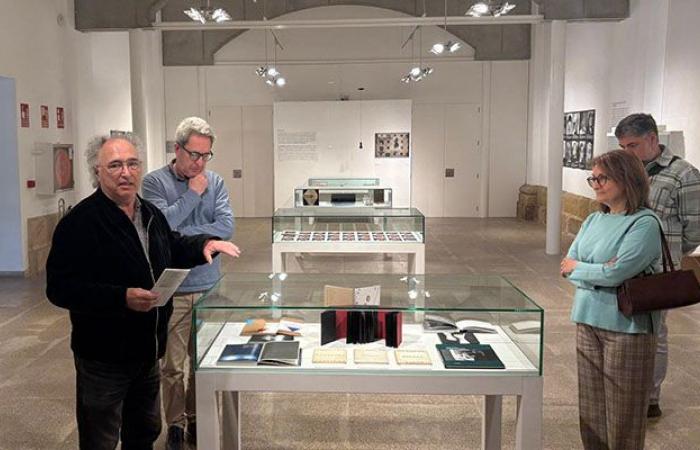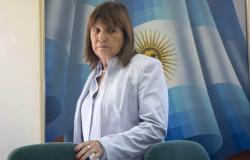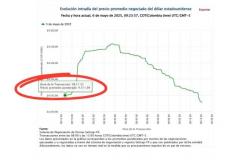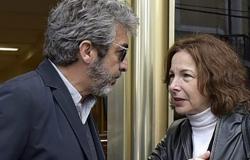The artist’s book is an autonomous manifestation within the visual arts, which is distinguished by its independence from painting and literature. In which plastic elements invade the poetic and literary terrain, creating a unique fusion of disciplines. The structure of the book, with its sequence of pages, implies belonging to a coherent set, where each element contributes to the global meaning of the work. The
Typographic composition is used as an additional plastic resource, giving new dimensions and senses to words beyond their literal meaning. Many times the text is dispensed with and the book is an artistic object in itself, where the most important thing is the freedom of experimentation. The artist’s book is a visual concept in contrast to the classic illustrated book.
The exhibition is a selection of the Luz on paper collection that has more than 3,500 works by classic illustrated books, engravings and artist books. Some pieces have belonged to prestigious collections, such as Queen María Cristina de Borbón and Marqués de Casa Torres, as well as renowned figures libraries, such as the architect Luis Gutiérrez de Soto and the musician Ramón Barce. The works have been gathered over more than thirty years by the multimedia artist Ignacio Parrilla (Zamora, 1956).
This exhibition begins with some history of the artist’s book such as the nonsense of Goya, Don Quixote de Doré or the illustrated by Dalí. I can contemplate specimens of Miró, Tapies or Pop Art. Most studies on the history of the book coincide in pointing out the sixties of the last century as the starting point of the artist’s book.
Edward Ruscha stands out as the pioneer with his work Twenty-Six Gasoline Stations of 1963, where he redefines the function of the book by conceiving it as an artistic object of accessible circulation. Several copies of the first editions of this author can be seen in the exhibition with artists such as Lichtenstein, William Kentridge, Anselm Kiefer or Isidoro Valcárcel Medina among others.
There are works by artists who have used the book as an experimental and reflective medium. A space of thought and at the same time a plastic expression material. This exhibition invites the viewer to discover the artist’s book as a laboratory of ideas, where the book is not only a thematic reason, but an expressive resource that
Transforms the book format into a unique visual experience.
Artists
Ignasi Aballi – Abramovic Navy – Laia April
Arman – Richard Artschwager – John Baldessari – Ramón Borce – Lothar Baumgarten – Allan Ben
Eric Beltrán – Christian Boltanski – Milena Bonilla – Sophie Calle – Ricardo Cases – Alberto Heart
Salvador Dalí –
Feldmann – Joan Fontcuberta – Dora García – Alberto García Alix – Pedro García Romero – Frank
Gehry – Guerrilla Girls – Roberto Huarcient – David Jiménez – William Kentridge – Anselm Kiker
Roy Lichtenstein – Nacho Martín Encinas – Henri Matisse – Adrian Mena – Oscar Molina – Marta
Minujín – Joan Miró – Mitsuo Miura – Antoni Muntadas – Shirin Neshat – Ignacio Parrilla – Carlos
PAZOS – FRANCISCO PINO – ALEX PLADEMUNT – YURIAN QUINTANAS – PIPILOTTI RIST – ROSA RODRIGUEZ
Dieter Roth – Edward Ruscha – André Serrano – Santiago Sierra – Dayanita Singh – Carlos Spottorno
Antoni Tàpies – Juan Valbuena – Isidoro Valcárcel Medina – Herman De Vries – William Wegman
Zacagnini carla.
Ignacio Parrilla (Zamora, 1956)
Multimedia artist, collector and director of the Museum of Light. Doctor in Fine Arts from the Complutense University of Madrid. His work experiences with painting and physical light of lamps within artistic facilities in which the architectural space is of great importance.
He has made exhibitions in New York, Paris, Oslo, Lisbon, Porto, Vienna, Madrid, Salamanca, Santander, La Coruña, Granada and Zamora among other cities. It has numerous awards and scholarships, such as the critics award in the XIV Edition of Madrid’s stamp in 2006 and several in the Biennials of Zamora. His work is represented in museums and public and private collections: Museum of the Royal Academy of Fine Arts of
San Fernando, Madrid. Statens Kunstakademi, Oslo. Ethnographic Museum of Castilla y León. Rodríguez Acosta Foundation, Granada. Dearte Foundation. Collection of the Florián Studies Institute of Ocampo. Anue Collection, Association of Spanish Universities. Zamora City Council collection among others.






